The lakes are starting to freeze in the Canadian Rockies, and the bubble craze (and skating season!) are just around the corner. I get a lot of emails in the winter about the methane bubbles that form under the ice, so I thought I'd provide a bit of info so more people can learn more about them.
These bubbles can occur in many different lakes, and I have even shot the bubbles in 10-12 lakes in and around Banff National Park. However, the lakes eventually get snow-covered, and the majority of them will not show ice again until the spring when the bubbles are gone.
The bubble phenomenon occurs when the lakes are exposed to the warm Chinook winds causing some of the lakes to shed their snow to reveal the bubbles mid-winter. Some of the bigger lakes that come to mind are Abraham Lake, Lake Minnewanka, and Vermilion Lakes.
Locations:
Bubbles at the far end of Lake Minnewanka. Photo by Paul Zizka Photography.
Abraham Lake is by far the most popular location to document the phenomenon as its surface is very easily accessible, and it gets far less snow than other parts of the Rockies. It's a busy place, though, when the bubbles do occur - people come from all over the world to shoot here, but if you're willing to walk/skate a little, you can find solitude still.
The Vermilion Lakes sometimes offer very short windows where the winds will blow the lakes free of snow and reveal small pockets of methane bubbles. Don't expect wide vast swaths of them, though.
Lake Minnewanka has the best bubbles I've ever seen, but they're often best at the far end of the lake, 20+ km from the road. For that reason, I expect it'll always be quiet there. If you are lucky, there are sometimes pockets of bubbles near the road too.
When to Shoot:
As far as when to shoot them, I've found that it can really depend. The window of opportunity is usually short, a few weeks at best. When we get a warm weather spell, like essentially all of last winter, then that window can narrow down to just a few days. Warm weather creates a film of water on the lakes, and the bubbles get "buried" deeper in the ice. I've found overall that the best time of the year to shoot them is mid-January to late February. Having said that, I got this image in November…
It goes without saying: Be safe, and always test the ice before getting into it!
Happy shooting out there, everyone. Might see you on the lakes this winter! More bubble photos are below!










